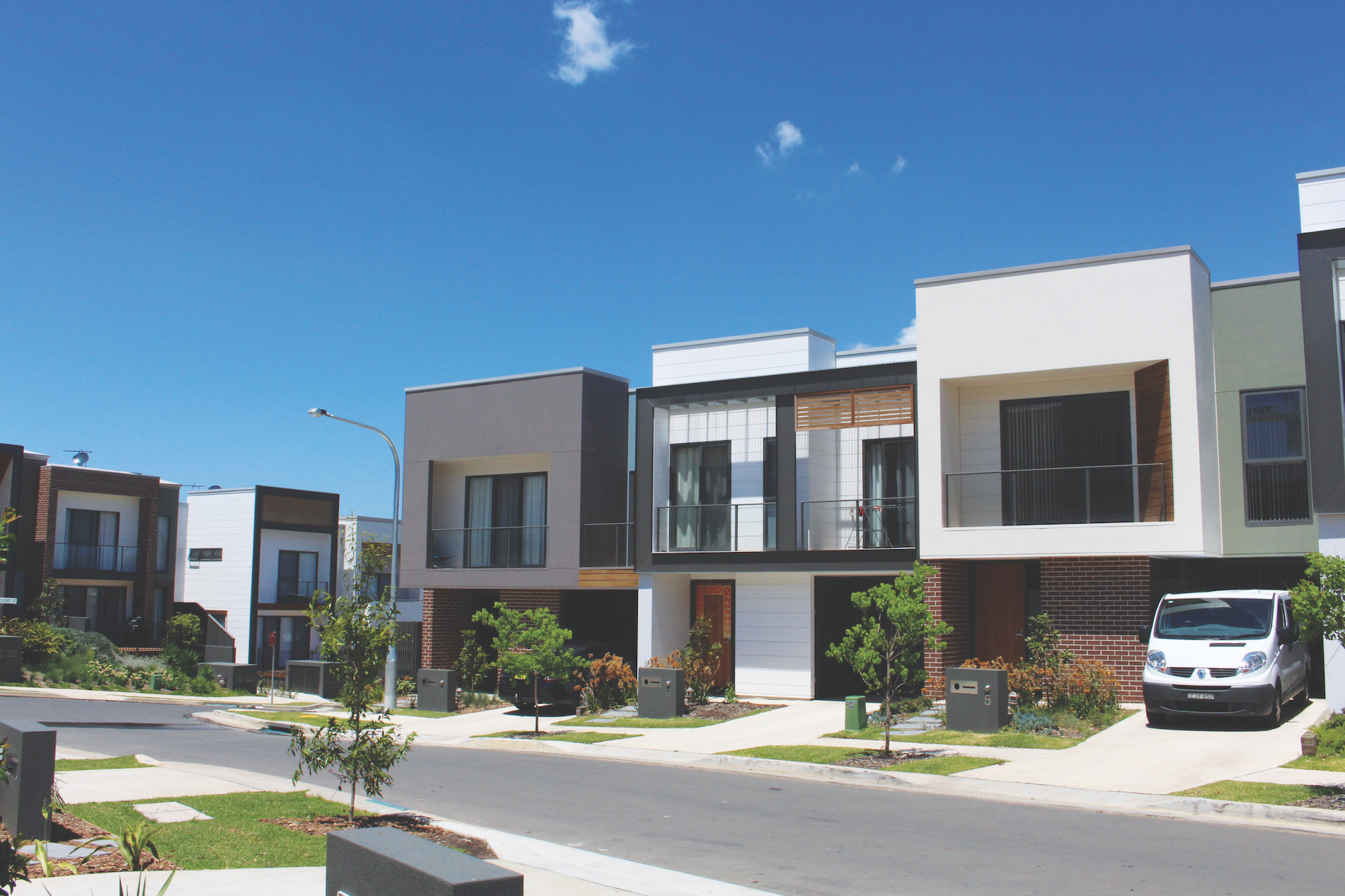Over the last decade, the Australian construction industry has seen the rapid adoption of mixed material designs used on small lots and multi-residential developments, also known as composite construction. The result of these construction changes is design diversity.
So why the sudden change?
The high cost of bricks
Clay bricks remain the major cladding material for houses in Australia. However, clay brick production and sales have declined since the early 2000s. This is due to the shift towards multi-unit apartments and the substitution of bricks for more cost-effective cladding and structural materials such as fibre cement.
As clay brick production decreases the trade of bricklaying has also dwindled. A consequence of this is that it has become increasingly difficult for businesses to access labour competitively, forcing many to again look for alternate cladding solutions.
More floor space helps small lot living
Floor space increases when less space is taken up by walls. A brick veneer wall is typically 250mm wide and a double brick wall is even thicker at 280mm wide. However an insulated fibre cement wall, such as James Hardie’s Easylap (for a rendered look), is just 110mm wide.
By designing the floor plan with James Hardie cement cladding, a 5% gain in floor space can be achieved. For a 250 m2 home, this can result in an additional 3 x 4m bathroom or study!
One floorplan. Many design options
Australian houses used to be built using a single style of wall. It was common for houses to be entirely clad in either weatherboard or brick.
Today, the emerging trend is to use a combination of materials, for example three different textures. The simplicity of composite construction and nailing fibre cement cladding and weatherboards to frames means it’s easy to mix and match a wide range of wall styles and paint colours. James Hardie’s Scyon walls range, for example, features 12 styles.
This creates the opportunity for design diversity and allows houses built on a common floorplan to look different. Design variation leads to more aspirational suburbs, which can drive up real estate prices.
Save on labour, hire & materials
Composite materials take up less space on site and require less time to install due to rapid gun nail fixing. Builders can use this advantage to reduce the hire time for scaffolding, the number of material deliveries and the skips and land fill charges needed for waste.
Fibre cement is much lighter than traditional masonry. With less structural beams and steel lintels, material savings can be gained.
Further, because cladding can achieve a rendered look with textured paint, there’s no need for cement renderers.
Find out more about how composite construction can help your bottom line. Talk to one of our experienced Dahlsens team members today.


